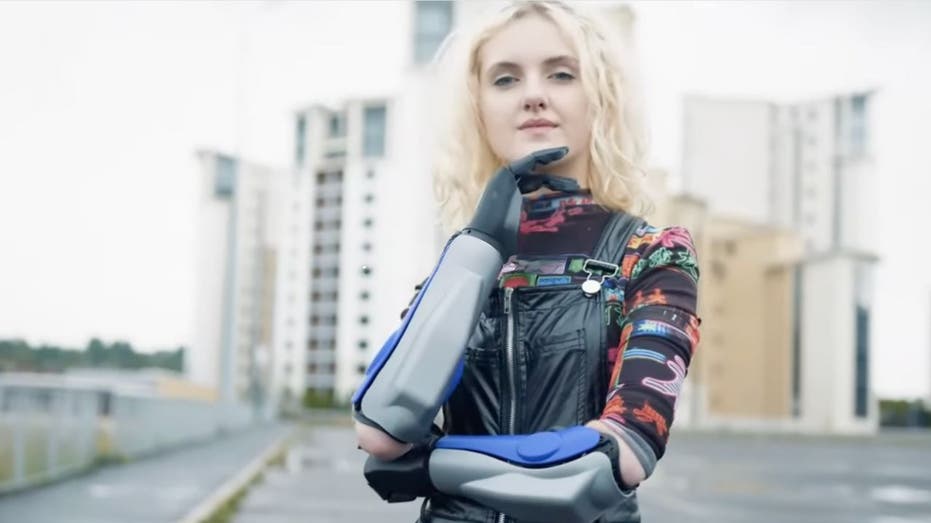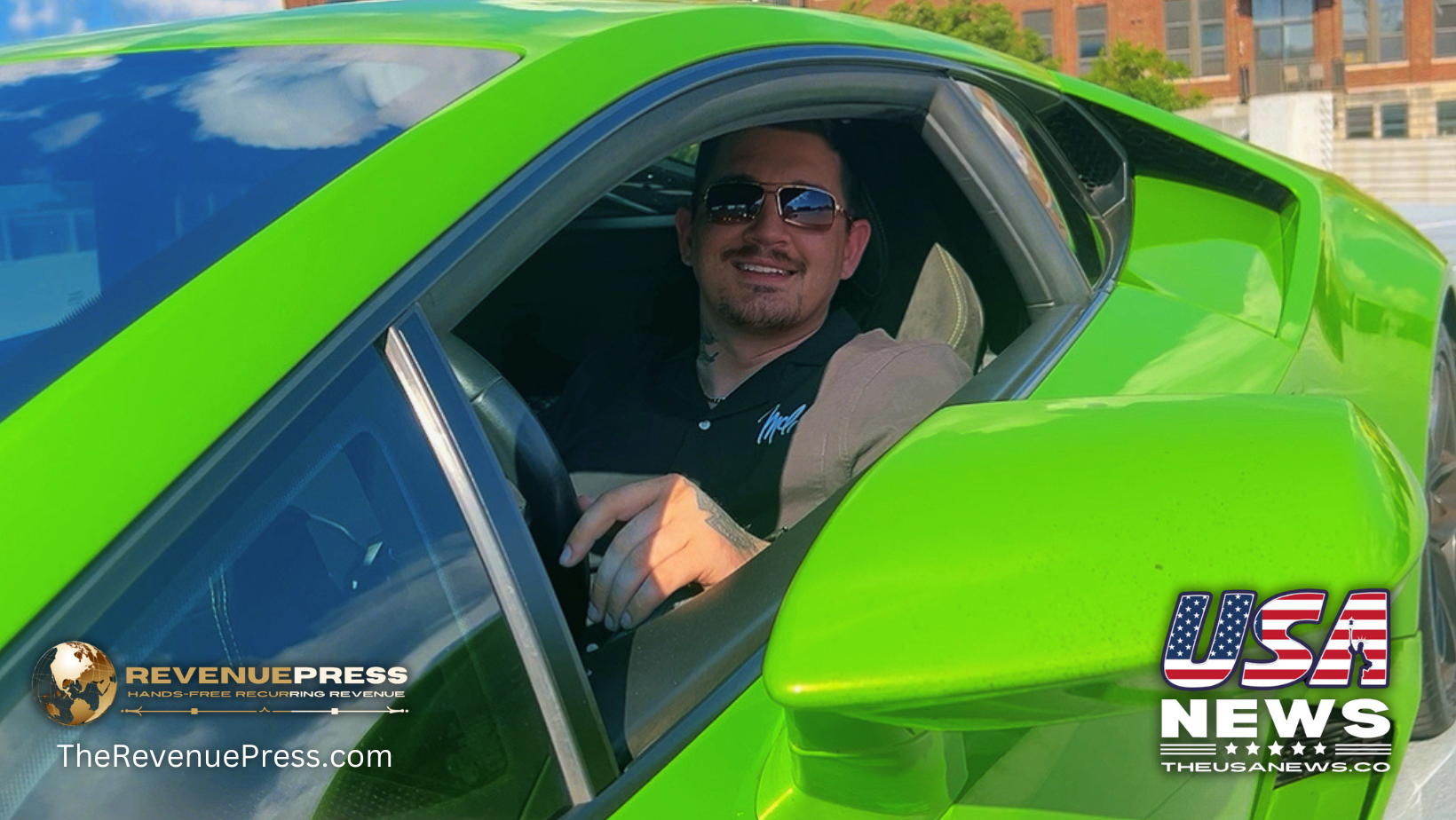Most of us do not think twice about picking up a cup of coffee, sending a quick text or carrying groceries in from the car. For people who use prosthetic hands, though, these everyday tasks can be a real challenge. That is why the arrival of the Hero PRO by Open Bionics is such big news.
This new bionic hand is waterproof, wireless and faster and stronger than anything that came before it. It is designed to help people who rely on prosthetics move through life with more ease and confidence.
Even if you do not need a device like this yourself, the technology behind Hero PRO is changing what is possible for thousands of people, and it is worth knowing how far things have come. Let’s dive into what makes the Hero PRO so remarkable and why it captures so much attention.
Hero PRO is crafted from robust Nylon PA12 using advanced 3D printing, making it both tough and incredibly lightweight. In fact, it is the lightest bionic hand system available today. The design is sleek and customizable with more than 50 cover options in different colors and patterns, allowing users to swap looks to match their style and personality.
SOFT ROBOTIC PROSTHETIC HAND USES NERVE SIGNALS FOR MORE NATURAL CONTROL
The Hero PRO is the only bionic hand that is both fully wireless and waterproof. Rated IPX7, which means it can be submerged in water up to about 3 feet deep for 30 minutes without damage, it can handle splashes and even submersion, so users do not have to worry about getting it wet during daily activities. Wireless MyoPods, placed on the skin, pick up muscle signals to control the hand, eliminating the need for invasive implants or bulky wires.
WHAT HACKERS CAN LEARN ABOUT YOU FROM A DATA BROKER FILE
SOFT ROBOTIC ARMBAND GIVES PROSTHETIC HAND USERS NATURAL CONTROL
This bionic hand is twice as fast as leading competitors, with fingers that open and close rapidly to keep up with busy lives. It can carry up to 57 pounds, doubling the load capacity of previous models, making tasks like carrying groceries or lifting heavy objects much easier. The patented thumb design uses a single motor for powerful and precise grips, while the index finger features a touchscreen-compatible tip for seamless device use on the go.
AI ENABLES PARALYZED MAN TO CONTROL ROBOTIC ARM WITH BRAIN SIGNALS
Hero PRO offers more wrist flexion and rotation than any other bionic hand, with up to 45 degrees of manual flexion in both directions and a full 360-degree rotation. Users can quickly switch between work and sports modes, thanks to a USMC-standard wrist connector and more than 50 compatible activity attachments. With seven grip modes, including a precision key grip, users can handle everything from typing and cooking to pushing a stroller or tying shoelaces. These grips can be customized and updated wirelessly through the Sidekick App.
A single four-hour charge powers the Hero PRO for a full day. The battery is cleverly miniaturized and integrated directly into the hand, helping to keep the weight down. USB-C charging makes powering up quick and easy, whether at home or on the go.
The development of Hero PRO was shaped by feedback from around 1,000 users, including influencer Tilly Lockey, who lost both hands to meningitis as a child. Tilly played a key role in testing and refining the technology, and her experience highlights just how transformative the Hero PRO can be. She describes being able to multitask effortlessly, like pulling a suitcase and drinking hot chocolate at the same time, and even detaching the hand to control it remotely using muscle signals.
Pricing for advanced bionic hands like the Hero PRO is not always straightforward. Open Bionics, the company behind this technology, does not list a fixed price on its website. Instead, they encourage interested users to contact them directly for a personalized quote, since each device is custom-made to fit the individual’s needs.
For context, most high-end bionic arms on the market can cost anywhere from $20,000 to $80,000, depending on the features and customization required. Open Bionics aims to make their devices more affordable than traditional options, with some of their earlier models reportedly costing about five times less than conventional robotic prosthetics. However, the exact price for the latest models, including the Hero PRO, will depend on factors like insurance coverage, customization and specific user requirements.
If you are interested in learning more about pricing or the process, it is best to reach out directly to Open Bionics for a detailed quote tailored to your needs.
SUBSCRIBE TO KURT’S YOUTUBE CHANNEL FOR QUICK VIDEO TIPS ON HOW TO WORK ALL OF YOUR TECH DEVICES
Technology like the Hero PRO is not just about gadgets and gears. It is about helping people do more of the things they love with less hassle. For those who rely on prosthetic hands, every improvement can mean a world of difference, whether that is carrying a heavy bag, using a smartphone or simply feeling more confident in daily life. Even if you do not need a prosthetic yourself, it is inspiring to see how far this technology has come and how it continues to open new possibilities for so many people.
What everyday challenges do you think advanced bionic technology could help overcome, and what would you most want to see in the next generation of prosthetic devices? Let us know by writing us at Cyberguy.com/Contact.
For more of my tech tips and security alerts, subscribe to my free CyberGuy Report Newsletter by heading to Cyberguy.com/Newsletter.
Ask Kurt a question or let us know what stories you’d like us to cover.
Follow Kurt on his social channels:
Answers to the most-asked CyberGuy questions:
New from Kurt:
Copyright 2025 CyberGuy.com. All rights reserved.

















Leave a Reply